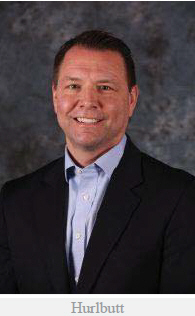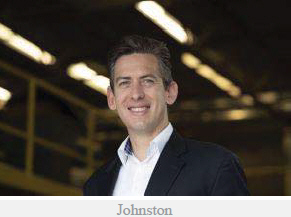Filed by Li-Cycle Holdings Corp. pursuant to
Rule 425 under the Securities Act of 1933
and deemed filed pursuant to Rule 14a-12
under the Securities Exchange Act of 1934
Subject Company: Peridot Acquisition Corp.
(Commission File No. 001-39551)
Home / Industry / Energy /
Li-Cycle hopes to capitalize on a sustainable model for battery needs
By: Special to the RBJ Andrea Deckert April 8, 2021
The Rochester region plays a key role in Li-Cycle Corp.’s goal of reducing the cost of batteries and electric vehicles, a move that will, in turn, enable the mass adoption of electrified transport, company leaders said.
“There is a long history in Rochester of processing and manufacturing, and we wanted to draw from that talent in the region,” said Tim Johnston, executive chairman and co-founder of Li-Cycle. “Rochester is a very important center for our company.”
The Canadian battery recovery company started its first U.S. operations at Eastman Business Park late last year as part of a $175 million-plus project.
The company plans two facilities at the site.
The first is a spoke facility that produces black mass from spent lithium-ion batteries. Black mass is an electrode mixture containing lithium, nickel cobalt and other critical materials.
The spoke facility started operations in late 2020 and has some 20 employees. There are plans to add an additional 20 workers, Johnston said.
The spoke facility – which is estimated to process up to 5,000 tons of lithium-ion batteries per year – will then supply the black mass to Li-Cycle’s future hub facility, currently in last stage development at Eastman Business Park.
The hub will process the black mass in order to produce battery-grade materials from recycled sources, as well as other recycled materials that can be returned to the economy, Johnston explained.
Construction on the hub facility is expected to begin later this year, with the site being operational in early 2023, he said. The hub facility will employ some 120 full-time employees, as well as create over 600 construction jobs during buildout.
The hub is a wet chemistry/hydrometallurgical facility that will have the capability of processing material from an equivalent of 60,000 metric tons of spent lithium-ion batteries, roughly equating to 120,000 electric vehicle battery packs.
Once fully operational, the hub will be a major producer of battery-grade materials in North America, specifically cobalt, nickel and lithium, he noted.
It will also be the only source of battery grade lithium carbonate in North America and the first commercial facility globally to produce battery grade lithium chemicals from spent lithium-ion batteries.
In addition to its experienced workforce in the region, the company selected Eastman Business Park as the site for its operations due to the nature of infrastructure available, including utilities, logistics and other physical infrastructure, Johnston said.
Rochester is the best location for the company to provide services to its growing client base to the South and Midwest, and is in close proximity to its corporate headquarters, he noted.

